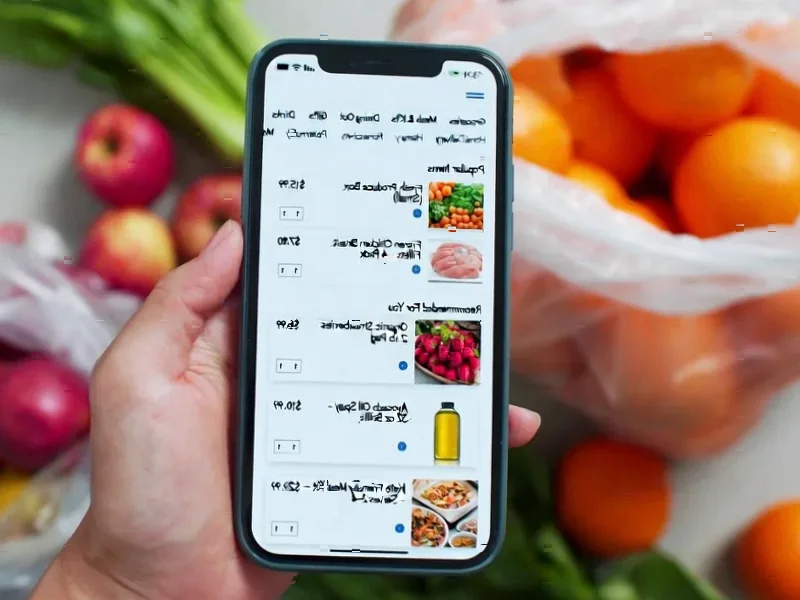According to TechCrunch, Spotify now has nearly half a million video podcasts that have been streamed by more than 390 million users. That’s a 54% year-over-year jump from the 250,000 shows they had back in June 2024. The streaming giant pulled in €4.27 billion (~$4.9 billion) in Q3 revenue with 713 million monthly active users, beating Wall Street expectations and delivering a €899 million net profit. They’re expanding distribution through partnerships like the Netflix deal starting in 2026, while their Spotify Partner Program launched in January has driven video podcast consumption up over 80%. Despite the strong numbers, the stock still slipped due to mixed Q4 guidance.
The Video Pivot Is Working
Here’s the thing: Spotify‘s video podcast push isn’t just a side project anymore—it’s becoming central to their growth strategy. When they opened up video uploads to all creators back in June, they basically unleashed a flood of content. And it’s working. Time spent with video content has more than doubled year-over-year, largely driven by these video podcasts.
But why the sudden explosion? It’s not just about giving people something to watch. Spotify has been turning its app into something closer to a social network with comments, Q&As, and polls. They’re making podcast consumption interactive, which keeps users engaged longer. And let’s be honest—when creators can actually make money through programs like the Spotify Partner Program, they’re going to produce more and better content.
The Netflix Play Is Smarter Than It Looks
Now, putting Spotify podcasts on Netflix might seem counterintuitive at first. Why would you send your content to a competitor? But incoming co-CEO Alex Norström explained it pretty clearly: when creators win, Spotify wins. Creators want to syndicate everywhere, and Spotify wants to be their distribution hub.
Basically, they’re betting that being on Netflix will actually drive more usage back to Spotify. It’s the same logic they used with YouTube—increased awareness leads to net incremental usage on their platform. And let’s not forget the revenue opportunities. As co-CEO Gustav Söderström noted, this ubiquity strategy creates more ways for Spotify to make money beyond just their own app.
The Road Isn’t All Smooth
Despite the impressive numbers, there are some warning signs. Wall Street wasn’t thrilled with the mixed Q4 guidance, which is why the stock dipped even after beating expectations. And Spotify themselves admit that 2025 is a “transition year” for their ads business, with growth not expected until the second half of 2026.
They’re giving advertisers programmatic access to audio and video inventory, but the ad business clearly needs work. Meanwhile, as their stock reaction shows, investors are getting impatient with the timeline for profitability in some of these newer initiatives. The video podcast success is great, but can it actually move the needle on their broader business challenges?
Where This Is All Heading
Spotify’s playing the long game here. They’re not just building a music streaming service anymore—they’re building a creator platform that happens to have music. The TV app upgrades, the Netflix partnership, the social features—it’s all part of making Spotify ubiquitous across devices and platforms.
The real question is whether they can maintain this momentum while navigating the tricky ad market and investor expectations. But with nearly 400 million people already watching video podcasts and consumption growing at 80% since January, they’ve clearly found something that resonates. Now they just need to figure out how to make the business model work as well as the content does.




